Imagine this: you’re out in the wilderness, the stars are twinkling above, and your tent is your cozy fortress against the elements. But what makes a tent truly great? In 2025, the best camping tents strike a perfect balance between durability and lightweight design, ensuring you’re protected without lugging around a ton of gear. Whether you’re a family camper or a solo backpacker, this guide dives into the top tents for 2025, breaking down their features, strengths, and why they’re worth your investment. Let’s pitch into the details and find your ideal shelter for the great outdoors!
Why Durable and Lightweight Tents Matter
Camping is all about freedom, but a flimsy tent can turn your adventure into a nightmare faster than a sudden rainstorm. Durable tents withstand wind, rain, and rough terrain, while lightweight designs make it easier to carry your gear to remote campsites. Why settle for one when you can have both? A tent that’s tough yet portable gives you peace of mind and flexibility, whether you’re car camping with kids or trekking through the backcountry.
Balancing Durability and Weight
Here’s the tricky part: sturdy materials like heavy-duty polyester or thick aluminum poles add durability but also weight. On the flip side, ultralight fabrics like 10-denier nylon are featherlight but require extra care to avoid tears. The best tents for 2025 use smart engineering—think high-denier floors for puncture resistance and lightweight rainflies for weather protection—to give you the best of both worlds. It’s like finding a backpack that’s both spacious and easy on your shoulders.
Key Features to Look For
When shopping for a tent, keep an eye out for these must-haves:
- Waterproofing: A rainfly with taped seams and a high hydrostatic head (at least 1500mm) keeps you dry.
- Ventilation: Mesh panels and vents prevent condensation, so you don’t wake up in a sauna.
- Ease of Setup: Color-coded poles and quick-clip systems save you from wrestling with your tent at dusk.
- Portability: A compact packed size and low weight are crucial for backpackers. These features ensure your tent is a reliable home away from home, no matter where you pitch it.
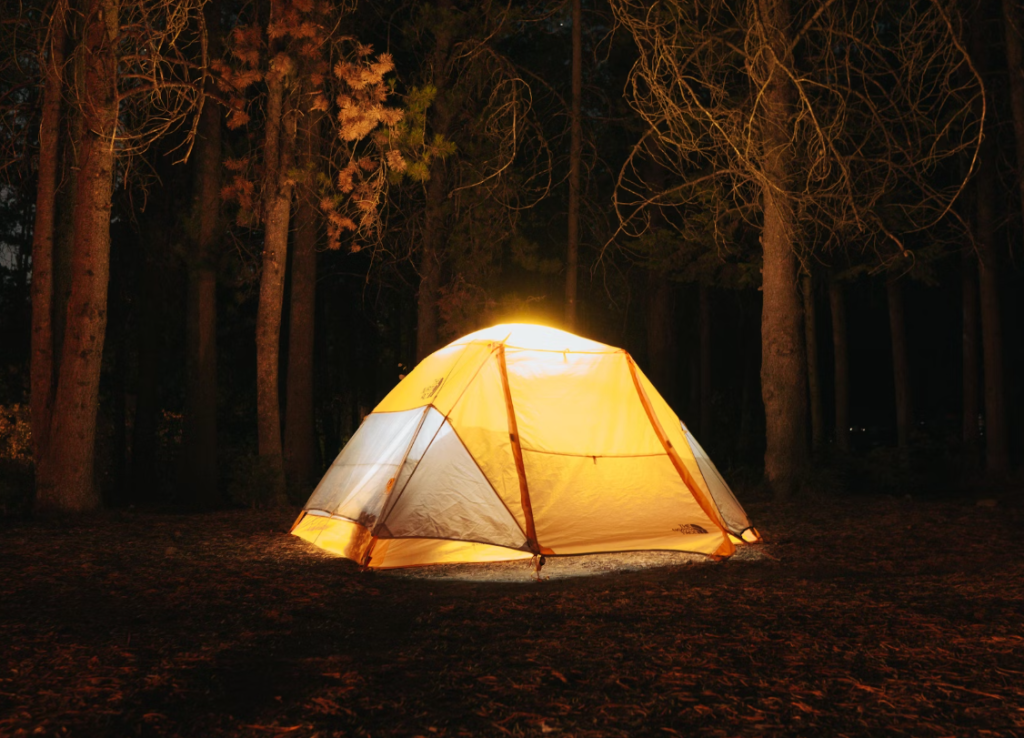
Top Picks for 2025 Camping Tents
After scouring reviews, testing in rugged conditions, and analyzing user feedback, we’ve rounded up the best camping tents for 2025. These tents combine durability and lightweight design to suit a range of camping styles, from family outings to solo adventures. Let’s dive into the standout models.
The North Face Wawona 6
The North Face Wawona 6 is a family camper’s dream, offering a spacious 86.1 square feet of floor space and a 76-inch peak height—tall enough for most adults to stand upright. Its heavy-duty polyester and aluminum poles shrug off wind and rain, while the massive front vestibule (44.7 sq. ft.) doubles as a gear storage or shaded lounge area. Weighing 20.9 pounds, it’s not ultralight, but its durability makes it a long-term investment for car camping.
Why It Stands Out
What sets the Wawona 6 apart is its thoughtful design. The large vestibule can house bikes or a camp shower, and the mesh canopy ensures ventilation without sacrificing privacy. Testers raved about its easy setup, though the rainfly’s locking mechanism can be stiff. If you’re camping with kids or pets, this tent’s durability and space make it a no-brainer.


REI Co-op Base Camp 6
For campers who face unpredictable weather, the REI Co-op Base Camp 6 is a fortress. Its mountaineering-inspired dome design, with a durable polyester rainfly and aluminum poles, handles wind and rain like a champ. With 84 square feet of floor space and two vestibules (27 sq. ft. front, 17 sq. ft. back), it’s roomy enough for six people or a smaller group with extra gear. At 20 pounds, 11.5 ounces, it’s hefty but manageable for car camping.
Best for Harsh Conditions
This tent shines in stormy weather, thanks to its full-coverage rainfly and sturdy pole structure. Testers noted its stability in moderate winds, though proper staking is key to avoid pole stress. If you camp in spring squalls or high-altitude sites, the Base Camp 6 is your go-to. Its only downside? The lack of a true vestibule for some users, but awnings provide decent coverage.

Mountain Hardwear Mineral King 3
For couples or small groups, the Mountain Hardwear Mineral King 3 is a lightweight gem at just 7 pounds, 13 ounces. Its 42.5 square feet of floor space and 48-inch peak height feel roomy, while the durable 68-denier polyester and aluminum poles ensure reliability. Two large doors and vestibules make entry and gear storage a breeze, and the compact packed size fits easily into a backpack.
Perfect for Backpacking
The Mineral King 3 is a crossover star, ideal for both car camping and backpacking. Its thoughtful ventilation—mesh canopy walls covered by a partial rainfly—keeps you cool without exposing you to prying eyes. Testers loved its quick setup and durability in varied terrains, from alpine zones to coastal sites. If you want a lightweight tent that doesn’t skimp on toughness, this is it.


Coleman Skydome 6
On a budget? The Coleman Skydome 6 delivers impressive value at under $250. With 85 square feet of floor space and a 72-inch peak height, it’s spacious enough for families. Its tub-style tarp floor is waterproof and easy to clean, perfect for messy campers or pets. At 16 pounds, it’s lighter than many family tents, and pre-attached poles make setup a breeze.
Value for Money
The Skydome 6 proves you don’t need to break the bank for quality. Its durable polyethylene floor resists wear, and the modern design with vertical walls maximizes interior space. However, its fiberglass poles are less sturdy than aluminum, so avoid high-wind sites. For fair-weather camping, this tent is a steal that keeps you comfortable and dry.


How to Choose the Right Tent for You
Picking the perfect tent is like choosing a car—it depends on your lifestyle. Are you a weekend warrior or a thru-hiker? Here’s how to narrow it down.
Camping Style: Car Camping vs. Backpacking
Car campers can prioritize space and features over weight, as tents stay close to the vehicle. Think roomy interiors, large vestibules, and extras like storage pockets. Backpackers, however, need lightweight, compact tents that fit in a pack. The Mineral King 3 is a great hybrid, while the Wawona 6 suits car campers. Consider your typical campsite to decide.
Group Size and Space Requirements
Tent capacity is a starting point, but comfort matters more. A 6-person tent like the Skydome 6 fits six sleeping pads, but gear and elbow room may call for sizing up. Solo or duo campers can opt for a 3-person tent like the Mineral King for extra space. Measure your sleeping pads and gear to ensure a snug but not cramped fit.
Weather Resistance and Seasonality
Most campers need a 3-season tent for spring, summer, and fall, with good ventilation and waterproofing. The Base Camp 6 and Wawona 6 excel here. For winter camping, a 4-season tent with a low profile and sturdy poles is better, though they’re heavier and pricier. Check your region’s weather patterns before committing.
Tips for Maintaining Your Tent
A great tent is an investment, so treat it right to make it last. A few simple habits can keep your shelter in top shape for years.
Using a Footprint
A groundsheet, or footprint, protects your tent’s floor from abrasion and moisture. Most brands sell custom footprints, but a cheap tarp or Tyvek sheet works too. It’s like putting a screen protector on your phone—small effort, big payoff. Lay it down before pitching to extend your tent’s lifespan.

Proper Storage Techniques
After camping, dry your tent completely to prevent mold. Store it loosely in a breathable sack, not tightly packed, to avoid fabric stress. Keep it in a cool, dry place, away from sunlight. Think of it as tucking your tent in for a long nap—it’ll wake up ready for the next adventure.
Conclusion
Choosing the best camping tent for 2025 comes down to your needs: space for a family, durability for stormy nights, or lightweight portability for the trail. The North Face Wawona 6, REI Co-op Base Camp 6, Mountain Hardwear Mineral King 3, and Coleman Skydome 6 stand out for their blend of toughness and manageable weight. By focusing on key features like waterproofing, ventilation, and ease of setup, you’ll find a tent that feels like home, no matter where you pitch it. So, grab your gear, pick your perfect tent, and make 2025 your year of unforgettable outdoor adventures!
FAQs
- What’s the difference between a 3-season and 4-season tent?
A 3-season tent is designed for spring, summer, and fall, offering good ventilation and waterproofing. A 4-season tent is built for winter, with sturdier poles and a low profile to handle snow and high winds, but it’s heavier. - How important is a footprint for my tent?
A footprint is highly recommended. It protects the tent floor from rocks, sticks, and moisture, extending its lifespan and making cleanup easier. - Can a lightweight tent be durable?
Yes, but it requires careful design. High-quality lightweight tents use durable fabrics like 20-30 denier nylon and strong aluminum poles to balance weight and toughness. - How do I know what tent size I need?
Consider your group size and gear. A 6-person tent fits six sleeping pads, but for comfort, size up if you have extra gear or want more space. - Are budget tents like the Coleman Skydome reliable?
Budget tents like the Skydome are great for fair-weather camping. They’re less durable in extreme conditions but offer excellent value for casual campers.

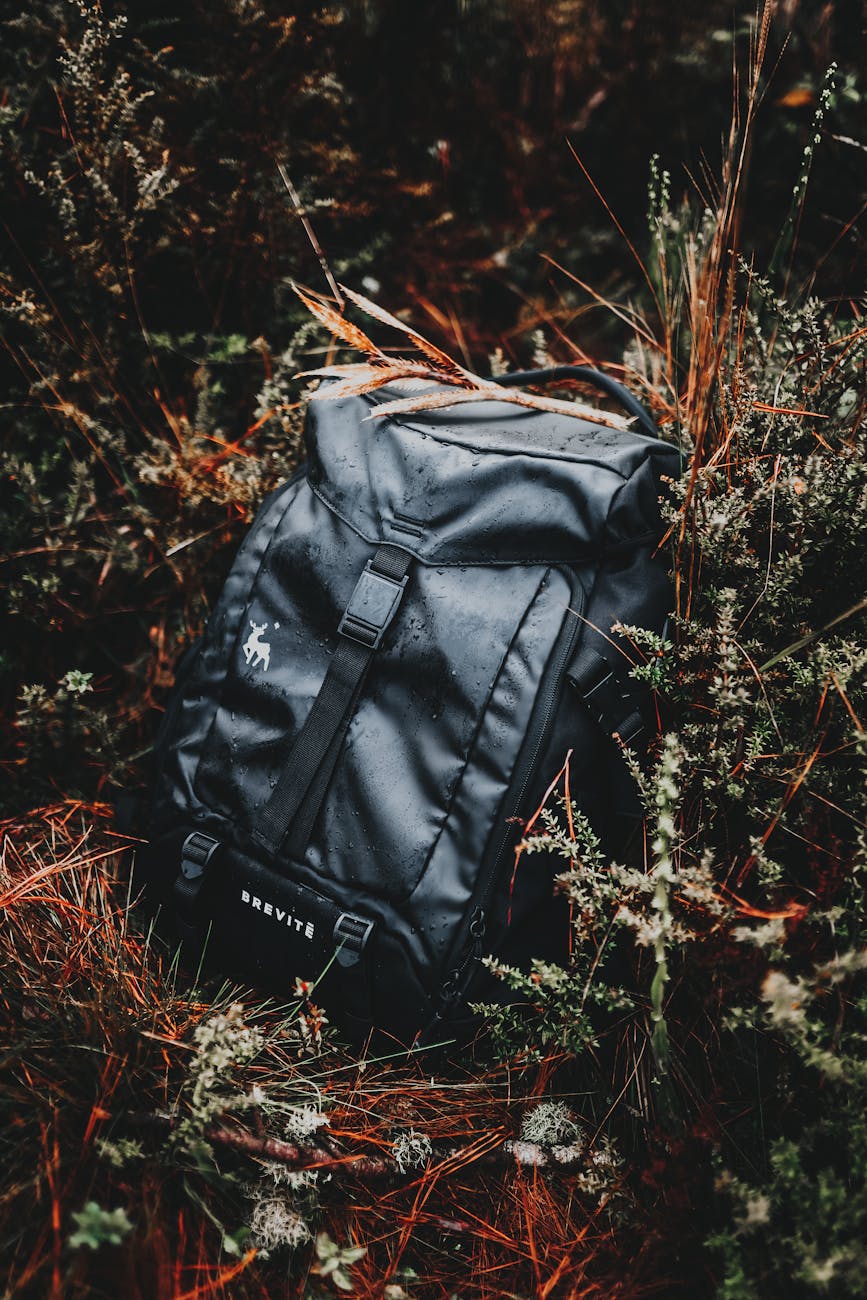
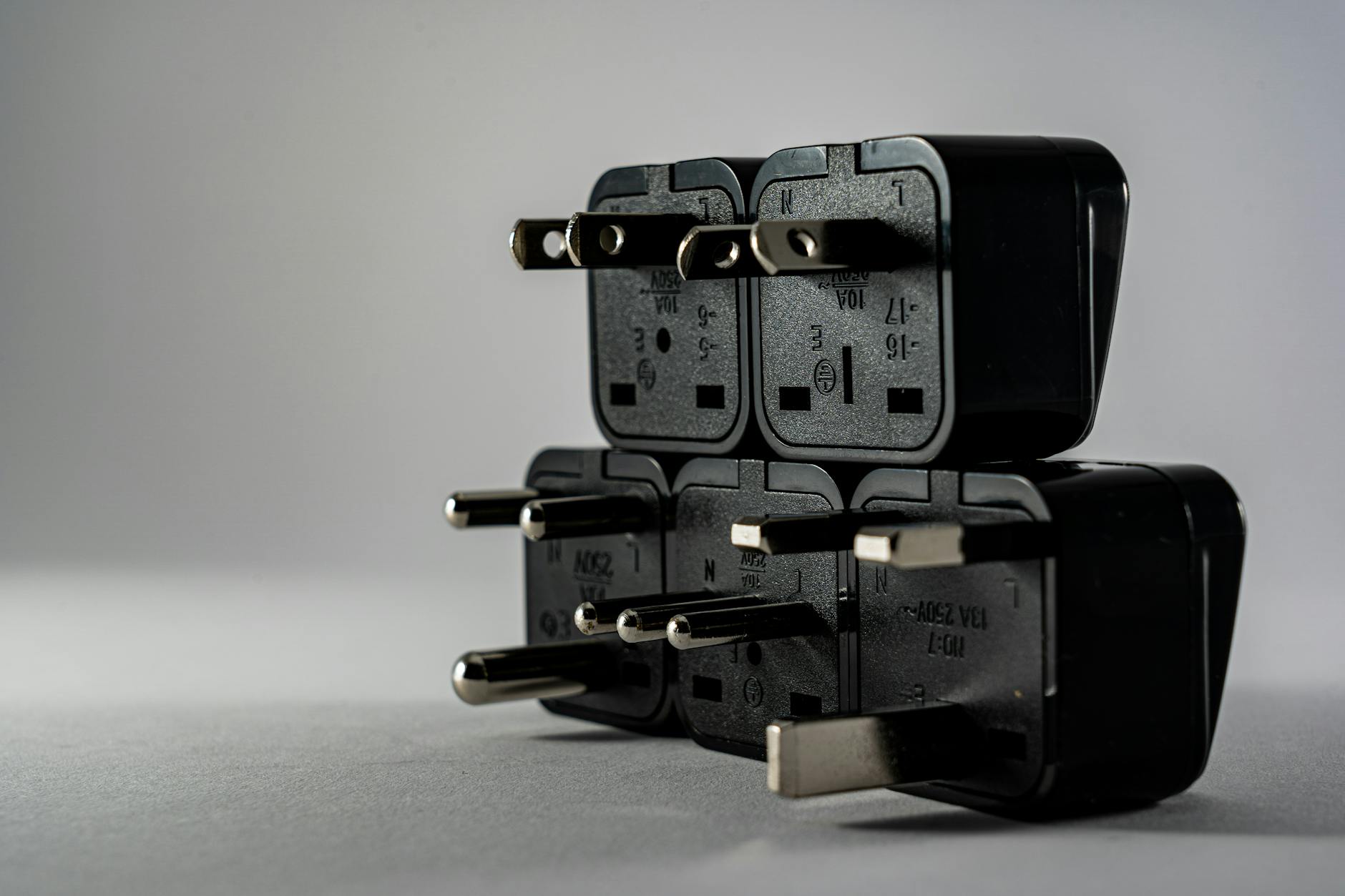
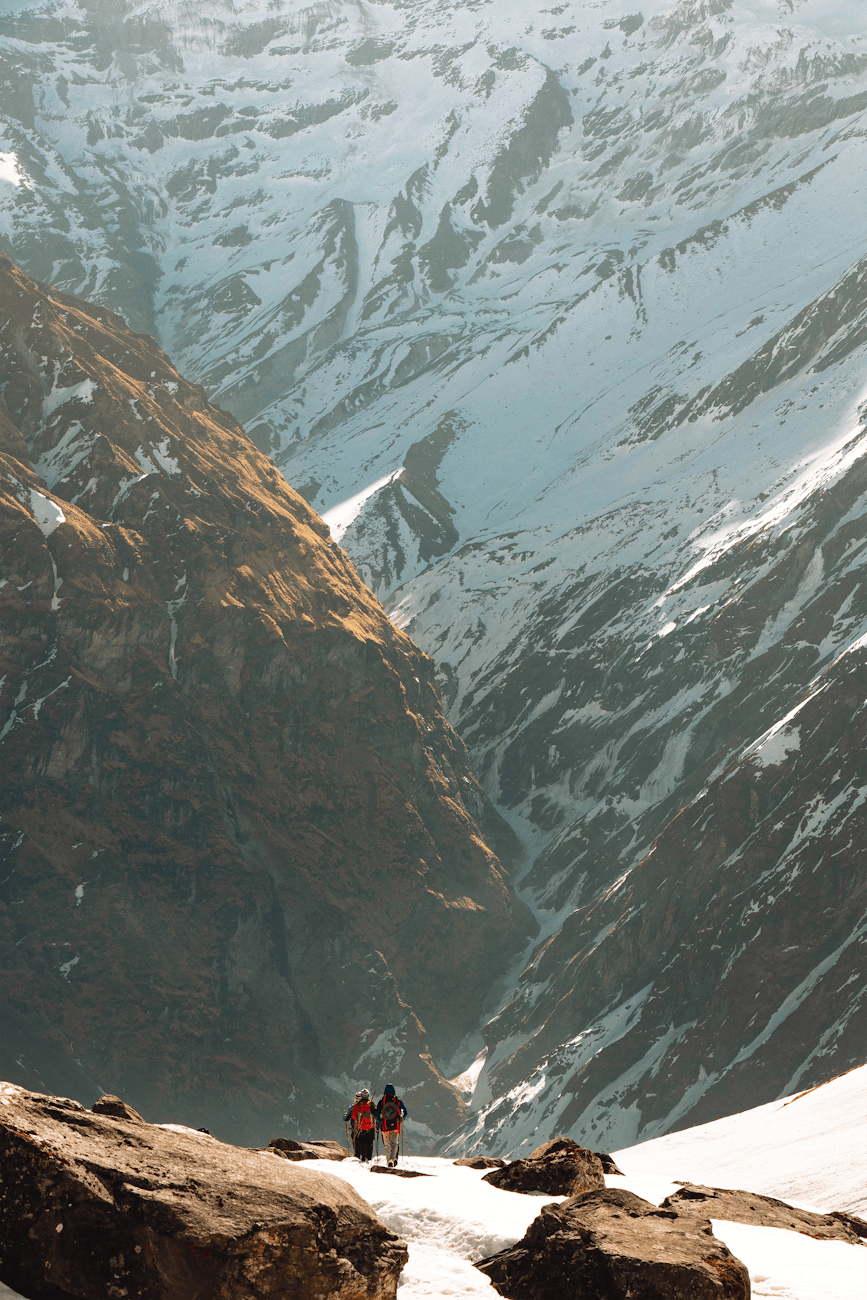
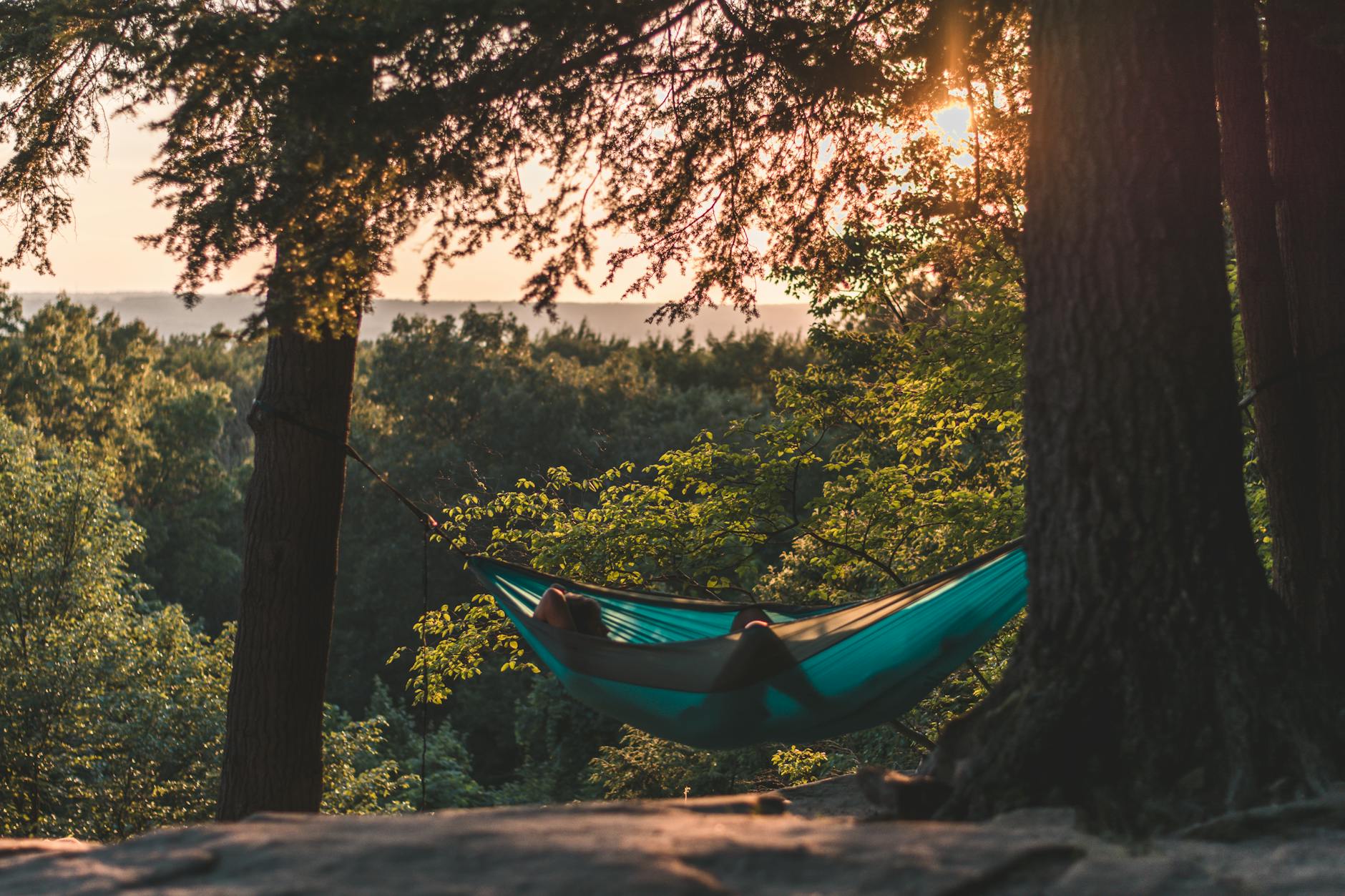

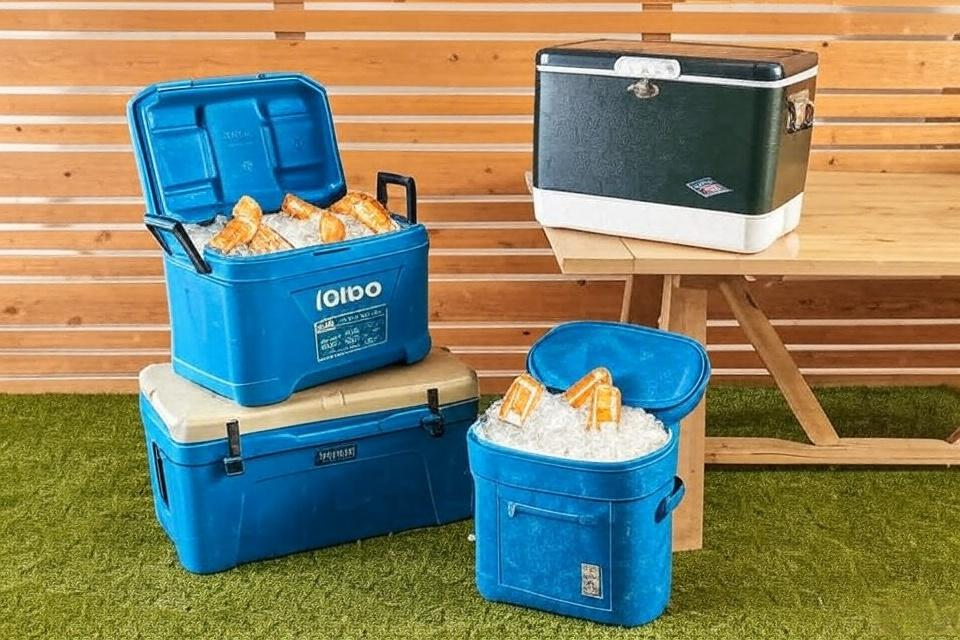


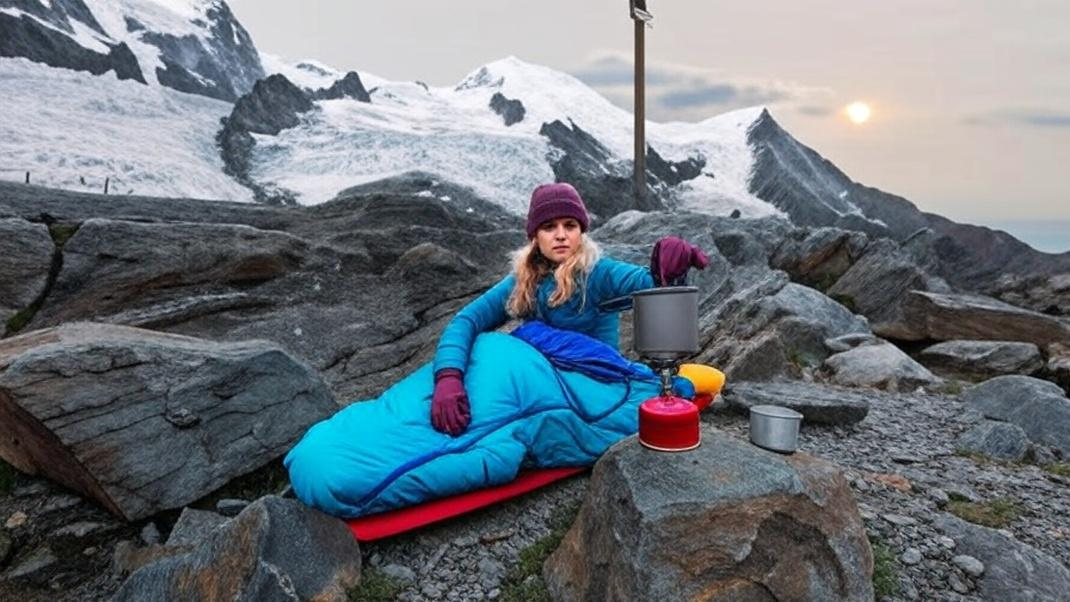
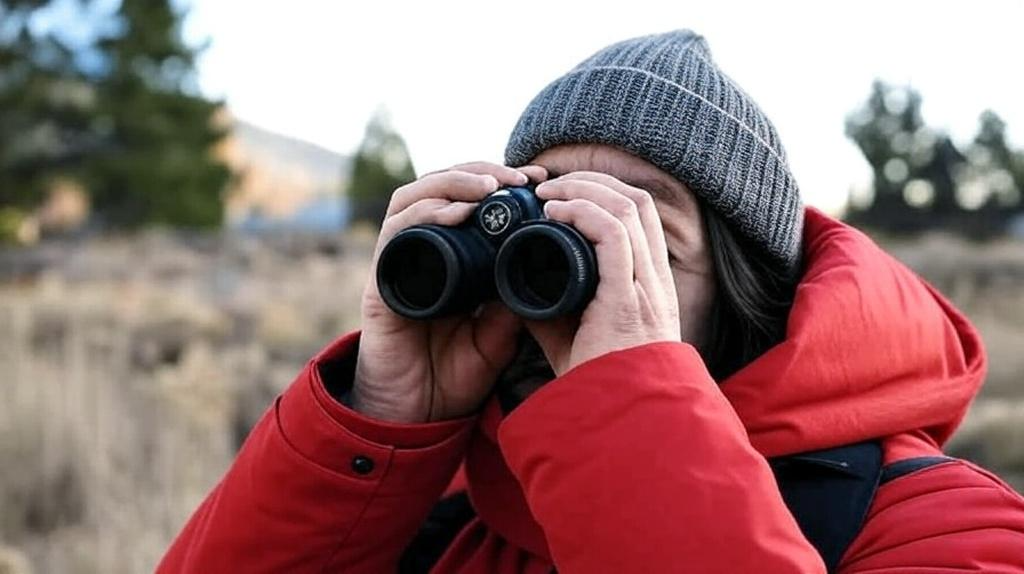




Leave a Reply